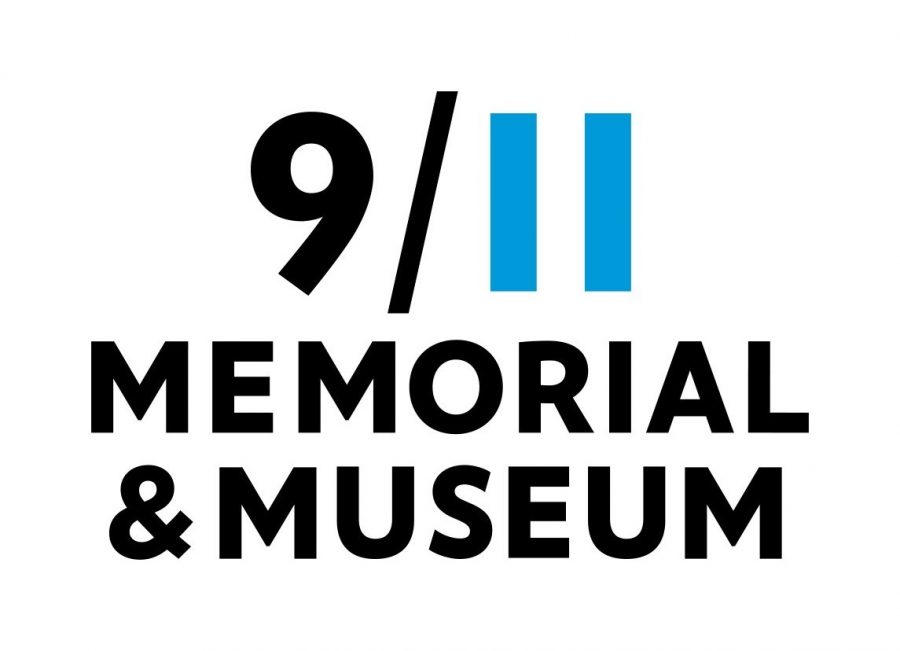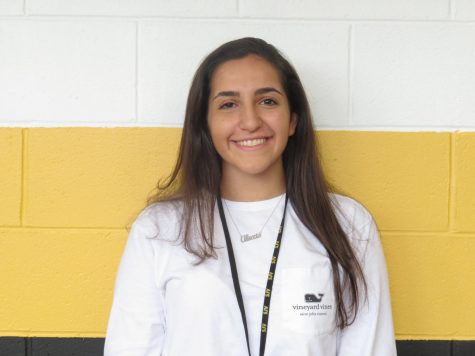Generational Differences in the 9/11 Museum Experience
September 11, 2018
Walking through the “In Memoriam” exhibit in the National September 11 Memorial and Museum, the faces of the nearly 3,000 victims of the terrorist attack line the walls. Young adults, not old enough to remember the attack, look up at the faces surrounding them from every direction. For others, like Julie Roth, she focused on one face, her husband as he died in one of the hijacked planes that struck the World Trade Center.
Each visitor who walks through this portion of the museum has a different experience partly due to the generational gap between those who witnessed the attack and those who learned about it growing up.
After the attack, debris containing the personal belongings of victims and pieces of the buildings covered the area. Thousands of these items are showcased in the museum’s historical exhibit, among other artifacts such as recordings from victims calls to their families and videos taken of the second plane striking the South Tower.
Museum employee, Shervanna Vasdar explains, “There are two generational visitors here; people who are still very much affected by 9/11. Then we have a younger generation who are here in the learning process. ”
For the people that grew up in the post-9/11 generation, like Fallon Hicks, 13, saw the artifacts as powerful and something that helped her to better understand how “catastrophic” the event was.
Nasier Cox, 20, who was too young at the time to remember the attack, said that, “the museum was very impactful. It really helped me to better understand what happened on 9/11 beyond what I had heard in school.” He continued, saying that for those who were alive to remember, the experience at the museum was “more heartfelt.”
Cox went on to explain that going to this museum was not just seeing pictures and artifacts, it was an experience that made him feel more connected with the attack and understand the magnitude of what happened beyond his prior knowledge of the general story.
While he feels this experience connected him more with the event, some of those who were alive to experience it, such as Rosann Liviosi, a museum employee, said that the museum makes them relive it. Liviosi has a vivid memory of the 9/11 attack as her sister escaped from the south tower with two minutes to spare before it collapsed. She explained that seeing some of the artifacts bring back the memories of fear that she felt on that day, something that the younger generation did not experience when walking through. She added, “the historical exhibit of the museum is important for those not alive to experience it.”
The museum has presentations every Wednesday in which survivors and family members share their stories for visitors. The “We Were There” presentation educates several generations on specific experiences to further enhance the educational experience within the museum as well as the remembrance of the tragedy.
Among these speakers were Julie Roth, who lost her husband, and Desiree Bouchat, survivor, who gave an in-depth recount of how they were affected by 9/11 and why they feel it necessary to tell their story.
Bouchat, who worked in the south tower, explains that experiencing the museum for the first time was overwhelming. “I turned the corner and was face to face with the ID card of my friend,” she said.
Both speakers talked about the generation gap, in specifying that their story was meant to be heard by those who were alive to remember 9/11 and those who were not, highlighting that despite the age gap, their stories are for everyone to hear. Specifically, Roth addressed the audience, saying, “Those of you who were there understand.”
Given the age gap, the way the stories affected each member of the audience vary. some who were alive, were perhaps better able to identify more with the stories in having their own experiences. But for others who were not alive to remember 9/11, the stories helped to further educate them and provided a primary account besides the recordings in the museum.






